Coronation of a New King
As you can imagine the entire country of Great Britain is gearing up for our first coronation since 1952. Our newspapers are urging us to swear our allegiance to the new king. Bunting will be coming out, and good old fashioned street parties will be held. However, don’t be fooled by the excesses of the media coverage I’d say at least half the nation, if not more, are completely indifferent if not downright hostile to the very idea of monarchy.
We are talking here about a royal family that is thoroughly racist behind closed doors, just ask Meghan Markle! They’ve covered up Prince Andrew’s paedophilia for decades. In all likelihood they murdered Diana. I believe the rumour that she was pregnant and the palace could not stand to admit an Arab into their ranks, let alone one who would be blood related to a future heir apparent. Finally, and well documented, is all the times the old Queen Liz 2, blocked legislation going through parliament that would have resulted in rich people being more transparent with their wealth and paying more tax.
Ancient Rites and Symbols
The upcoming coronation is a highly symbolic rite for an hereditary monarch in the Britain. It openly and explicably draws upon the divine right of the monarch to rule over it’s British subjects. It’s likely to be the most viewed coronation ever.
Many of the rituals and procedures that this coronation will be following stem directly from the reinstatement of the monarchy in Britain that occurred under Charles II.
Let’s not forget, though, that plenty of people also protested this new monarch under pain of arrest. One man was arrested for holding up a blank piece of paper. It has not passed unnoticed by many that King Charles inherits untold riches, using tax breaks, off shore accounts and real estate investments. Meanwhile, subjects of the British crown continue to fund the royal household to the rough tune of £100 million (in 2021-2022).
The New Carolean Age

Queen Mary's crown to be worn by Queen Camilla
Charles has chosen to be crowned King Charles III. Is he drawing on his ancestors – Charles I and II and what they represented? People may not know this, but Princess Diana was descended from two of Charles II illegitimate heirs. The names chosen for royal babies are of supreme significance. Powerfully linking the country’s past to it’s present.
Historical Roots
Charles I
He believed completely in his total, divine right to rule. His was coronated in 1625 and by the wording used in the ceremony he demonstrated his belief that he was not “chosen” but that he had a direct relationship to God and God alone. So fundamentally he was what can be described as an absolutist monarch.
Although according to British historian Simon Schama;
The problem with Charles Stuart was not his authoritarianism, his deviousness nor his political tin-ear...The problem with Charles Stuart was his good intentions, and the stubborn literalness with which he meant to take them into effect...[Charles I] was positively driven by the itch to govern...Duty Called!
In this way I believe comparisons can be drawn with Charles III and his drive to make an impact on environmentalism and the climate change agenda.
Symbolically he made St George something of a fetish turning the saints day into a national holiday. He also invested the Order of the Garter with immense significance. The badge was redesigned to feature an enormous silver corona giving it the appearance of a sacred emblem. Something that will be worn by Charles III in his coronation.
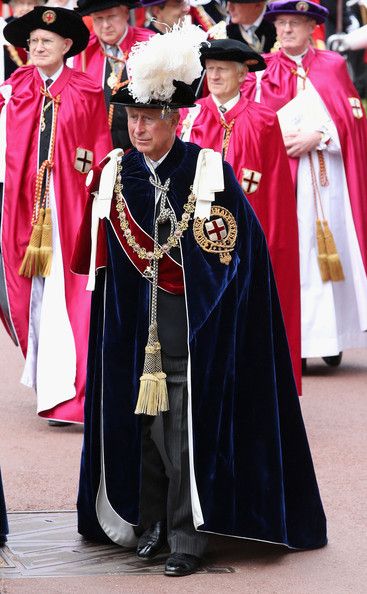
The Orger of the Garter can be observed on Charles right side
It represents a chivalric Christian appointment, in which everyone has their divine place in the universe. These ineffable ideas being beyond the earthly articulation of mere man. One can argue that Charles III can identify with Charles I sense of duty, tireless dedication to a cause and even self denial. All things encapsulated by his charitable works as Prince of Wales. It is fair to say that both held a deep commitment to a moral vision of society, especially one involving sacrifice and duty.
Of course like many a monarch Charles I was driven by the requirement for money to fund his ideals. Parliament was used by Charles to rubber stamp his tax demands to fund, among other things, foreign adventures. If this was not forthcoming he simply closed parliament down. Which he did repeatedly, once for 11 years. So fed up did the British parliament become of this behaviour that it eventually led them to write The Great Remonstrance in 1641, a long list of grievances [204 articles long] which were presented to the King. It was one of the chief events that led to the English Civil War.
Of course Charles I believed he only answered to God. It was his unwavering belief in the Divine Right to Rule and his many tyrannical ‘God sanctioned’ acts that eventually led him to the scaffold. Indeed, his tyrannical acts led to many people fleeing Britain to the New World seeking religious freedom. Looking at the list of grievances in The Great Remonstrance you can see where many of the rights enshrined in the American constitution emerged from.
One of the interesting facets of The Great Remonstrance is that it was printed for general consumption. Just as the internet today has allowed more widespread criticism of the state, so the mechanised printing press in Europe led to an information war and the ability to spread information to an increased audience. Indeed King Charles I was enraged by this, “allowing the commoners to know what has be said at all”.
Charles I was captured during the civil war and put on trial. Whilst this was at one time a formality it was also an opportunity for Charles I to become a martyr. Refusing to plead he demanded instead to ask by “what power I am called hither”. After the death sentence was passed he was taken away protesting, “I am not suffered to speak. Expect what Justice other people will have”.
A large scaffold was erected in Whitehall and a huge throng gathered on a cold day on 30 January 1649. Right to the end he remained consistent in his belief of his divine right to rule. Henceforth the aristocracy learnt that the power and authority of the Crown must also be based on compromise and backing of parliament.
Charles II
Following the beheading of Charles I, his son escaped to France. Meanwhile in Britain, Oliver Cromwell took over and became a military dictator in the monarch’s place. It was called the Commonwealth. As taught to us in school we know Cromwell was very puritanically religious and even banned Christmas. In fact there were even Christmas riots so unpopular was this act. Theatres were also closed down to improve the loose morals of the age.
As a result this arguably led to a back lash and provided the ground for a return of monarchy. There was a strong desire to heal the wounds that all civil wars leave on countries that suffer such a calamity. It was restored under Charles II the son of Charles I. A restoration that came complete with a touch of the mythical. The story of how he escaped Britain dressed (shock/horror) as a peasant and so the story goes that Charles hid in an oak tree which later came to be known as the Royal Oak. Even today ceremonies are held to mark the significance of the oak tree to British tradition and culture.
To connect Charles III to this occasion we can only look to how Prince Charles (as he was then) planted a small tree on the same said spot, grown from an acorn from the actual Royal Oak to mark the 350th anniversary of when Charles II hid in the very same oak tree – well as mythology tells us.
Eleven years after his dad was beheaded and on Charles II’s 30th birthday he returned to much general rejoicing in 1660. He even evoked the earlier quasi-sacred power of healing attributed to medieval kings by touching 600 sufferers of scrofula. In this way to demonstrate that he had a special relationship with the deity. Even though this had by now been declared by parliament to be an absurd superstition.
Charles II was coronated symbolically on St George’s Day – the patron saint of Britain and one that his father had raised in stature during his reign. With the royal hereditary line reinstated those who had been loyal royalists were now rewarded with all manner of Dukedoms, etc.
One such individual was the Earl of Newcastle, William Cavendish who had been leader of the Royalist forces in the North but lost hope after a massive defeat at Marston Moor. Many reflected on how they had so nearly lost monarchy in Great Britain. The blame was laid at the door of the mixing of social classes.
From David Ogg’s history of England under Charles II sums it up;
His [Cavendish] advice may be thus summarized. He thought that the immediate danger to the newly-restored monarchy came from the towns, especially from the metropolis; London should therefore be disarmed and controlled by two forts, one on each side of the Thames. These precautions...would serve to keep the commercial classes in their place…
Further lay preacher was to be discouraged and school teaching to be licenced. Cavendish went on further to warn against;
the enthusiasm of the common people breeds revolution – ‘the Bible in English under every weaver’s and chamber-maid’s arms hath done us much hurt’.
To confirm that there was a new monarch in town former republicans were brought to trial, swiftly condemned and subject to hanging and live quartering. On the anniversary of Charles I execution the remains of Oliver Cromwell and a few others were dragged out of their tombs in Westminster and hung on the gallows for all to see. Vindication was the order of the day for Charles II reign.
This was underscored by the closing of the presses. A licensing act gave monopoly publishing rights over works of history and politics to print only the official narratives. Censorship was so bad that one individual was thrown into jail for the sin of casting the King’s horoscope. Coffee houses that had been filled with debate and conversation were similarly closed down.
Class and Privilege
Underlying all monarchies is the principle of class differences and hierarchy in society. Put simply the rich are our social betters and monarchy enshrines that in law and custom. The bottom line is that through monarchical power of the country, education, and the church the people are kept under control.
A key part of this was obtained with ceremony. Public appearances by the King in all his pomp and circumstance was intended to awe the masses. Handing out benedictions re-confirming that direct link between monarch and God.
Under the Commonwealth strides were made in the growth of Britain as a global Empire. Throughout that time period the Commonwealth was in wars with both the Dutch and the Portuguese for control of shipping and territories abroad. This continued under Charles II.
Charles II, for example, granted a Royal charter to the Company of Royal Adventures of England Trading into Africa in 1663. These dealt directly in enslaved Africans and to then sell them into the New World. A lot of wealth was derived from the monarchs direct involvement in the slave trade. Members of the aristocracy, such as the Duke of York, actually had their slaves branded with their initials.
Unsurprisingly, the new King quickly assembled his new ‘Cavalier’ parliament which went on to pass the Clarendon codes which re-established the supremacy of the Anglican church and ended any tolerance for dissenting religions. For example, the Five Mile Act in 1665 forbade non-conformist ministers from coming within five miles of incorporated towns or the place of their former living.
It also bade churches to conduct celebrations of the restoration of the monarchy. Although theatres were restored they were restricted to performing productions that celebrated the restoration and monarchy.
Two years before he died, a meeting at Oxford University in 1663 decreed ‘certain pernicious books and damnable doctrines’. Among the beliefs they condemned were the idea that civil authority is derived from the people and that there is a contract between the ruler and his subjects and that a King who becomes a tyrant forfeits the obedience of his subjects.
The end of an era
The reigns of Charles I and II equaled the last time the concept of absolute monarchy was attempted. Going forward monarchy in England had to learn to live with the growing power of the commercial classes or fear the return of revolution.
There is no doubt that the over throw of Charles I and the English Civil War/Revolution that followed was to have a much wider impact on European and American history. From the writings of Thomas Paine, to the French Revolution to the American War of Independence and the writing of the American Constitution enshrining the rights of the people.
A recurring problem of monarchy that had plagued Europe for centuries was that of succession. It was no different when Charles II died without leaving an heir. His brother James would have been the legitimate heir if not for his being Catholic. There are suggestions that a secret deal had been made by Charles to leave the throne to his sister Mary who was married to William of Orange. Their eventual accession to the throne came to be known as the Glorious Revolution and cemented the combination of a monarchy with parliamentary rule. A model that endures in the UK today.
In the UK we are still officially subjects of the monarch. Most of us have lived our entire lives under Elizabeth II – perhaps we should take heed of Thomas Paine’s words as a new monarch is being coronated with all the pomp and circumstance that history can muster.
And though they might say, “We choose you for our head”, they could not, without manifest injustice to their children, say “that your children and your children’s children shall reign over ours for ever”
Because such an unwise, unjust, unnatural compact might (perhaps) in the next succession put them under the government of a rogue or a fool.
Is Charles III a fool? Or is he worse yet, an ideologue who has been completely captured by the ideas of those in the ruling class who would create neo-feudalism on earth. Whilst they rule us from on high, dictating to us commoners how we should live, is this a new, modern form of absolutism that we are moving towards?
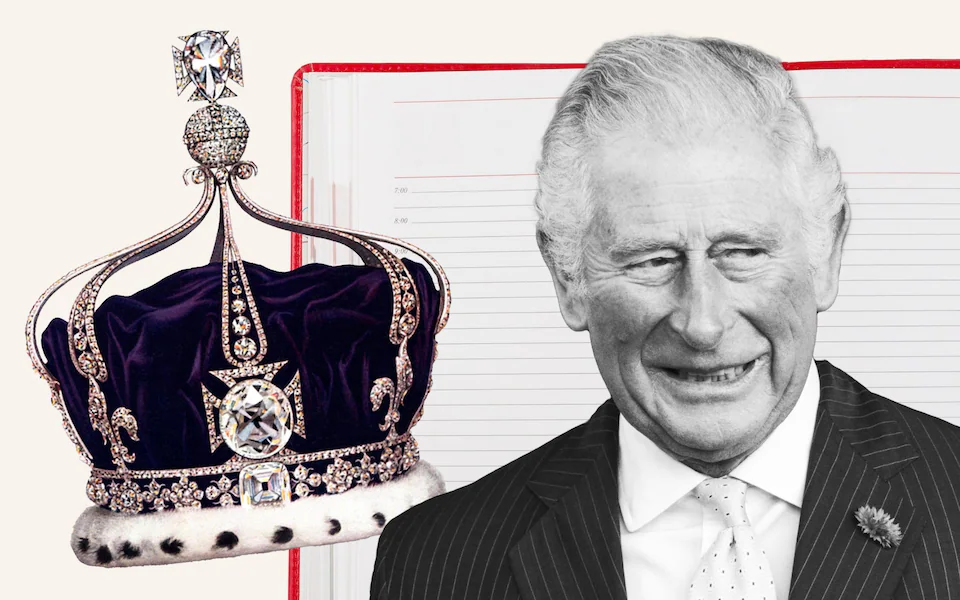

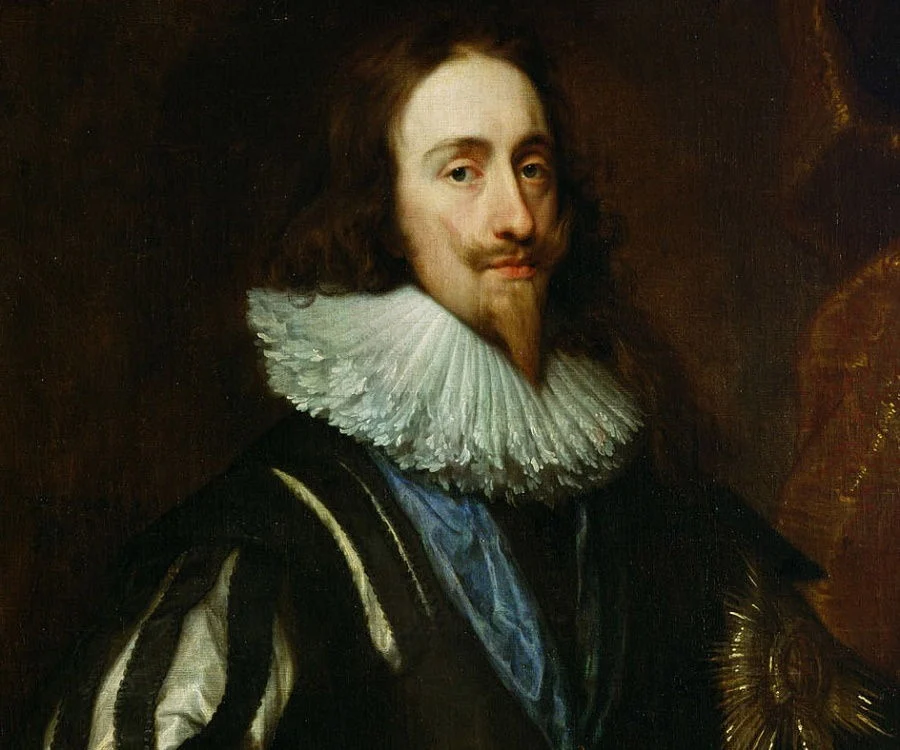
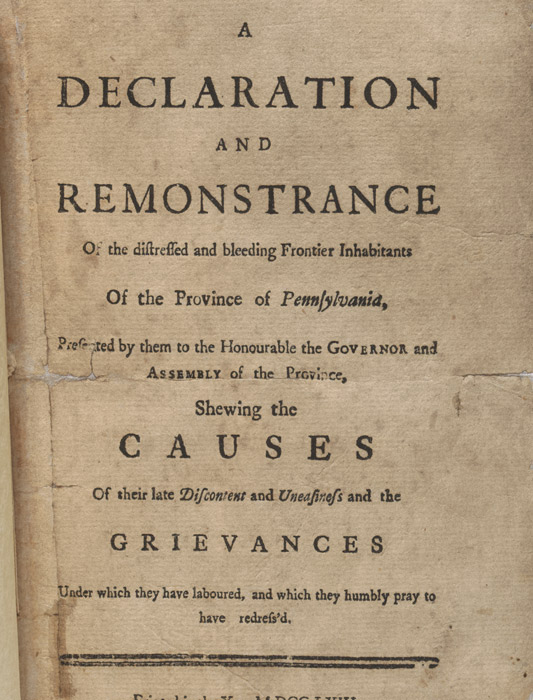
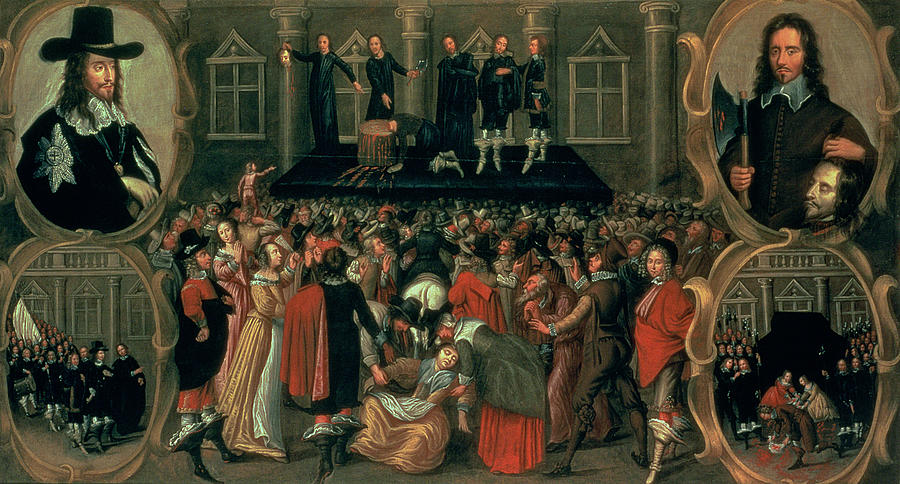

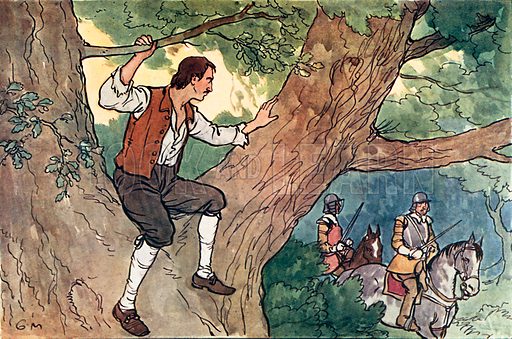



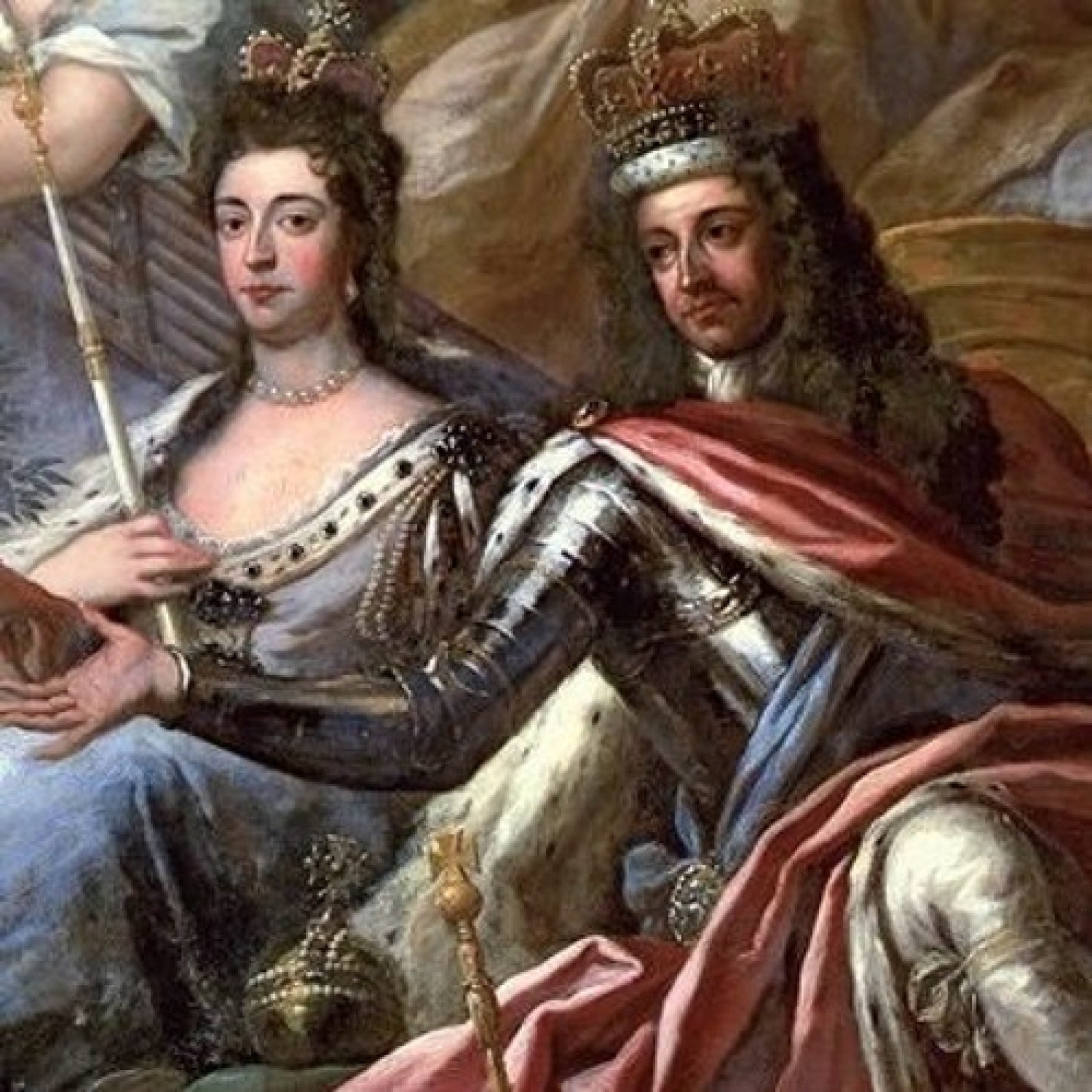
good post :) thanks !
@tipu curate
Upvoted 👌 (Mana: 0/28) Liquid rewards.
Thanks for the great lesson; it seems each Charles is a last (absolute) monarch...
Have you read Neal Stephenson's Baroque Trilogy?
No I've not heard of him before now, I do enjoy some good old swashbuckling though.
If you are into ~ 3000 pages of a well written, and especially brilliantly researched novel about the times just after Charles II, it is a must-read!
It is mostly about the feud between Newton and Leibnitz, but it does encompass a lot of history.
I've not heard of that feud, sounds interesting.
It was one of the decisive feuds; if Leibnitz would have won, we would live with a different understanding of reality.
A bit like the Freud vs. Reich feud...
Well, this won't last for long.
Who is the next person up for the crown?
He's been waiting to be King forever, so I can't see him giving it up anytime soon. Some said it would skip him to go to his son Prince William but they don't understand the power of the rules of succession, they are not brushed aside lightly. James had to go because he was a Catholic and Edward VIII had to go because he was a Nazi!
I am pretty sure King Charles III will not give up the crown till his last dying breath.
But i do believe he is going to give up his air addiction quite soon.